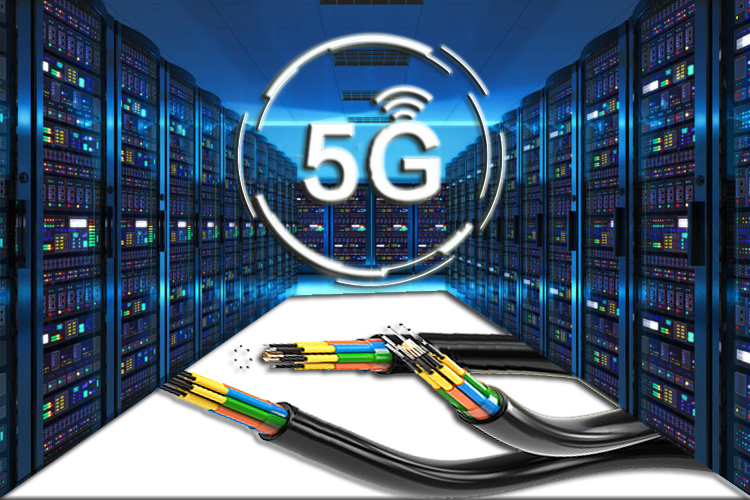In the era of 5G and industrial Internet, how will the bandwidth demand for optical fiber cable change?
The rollout of 5G wireless networks and the rise of the Industrial Internet of Things (IIoT) are driving huge increases in bandwidth demand for optical fiber cable infrastructure. 5G delivers exponentially faster mobile data speeds and ultra-low latency, enabling new capabilities like real-time control of autonomous vehicles, remote surgery with haptic feedback, and intelligent augmented reality experiences. Similarly, IIoT connects millions of sensors, machines, and devices in factories and supply chains, generating massive amounts of data to enable artificial intelligence and advanced automation.

To support these cutting-edge 5G and IIoT applications, vast amounts of bandwidth are required, both for wireless connections as well as the high-speed fiber networks that serve as the backbone of communications infrastructure. 5G alone may increase bandwidth demand by up to 100 times compared to today's 4G networks. Industry analysts predict 5G will drive demand for up to 80% more optical fiber cable installations over the next decade.
Network operators and internet exchanges are adapting to these shifts by deploying new high-fiber-count cables, maximizing the capacity of existing fiber using high-speed networking technologies, and exploring innovative fiber network architectures optimized for 5G and edge computing workloads. For example, some carriers are redesigning metro fiber networks with mesh topologies that provide any-to-any connectivity between cellular towers, data centers, and other network nodes.
In summary, 5G and IIoT are revolutionizing both wireless and wireline networks. To meet the bandwidth needs of these transformative technologies, the optical fiber cable infrastructure serving as their foundation must scale up dramatically in terms of fiber density, speed, and architectural sophistication. Significant investment in optical networks will be required over the next 10 to 15 years to achieve the full potential of 5G and IIoT. Overall, the era of 5G and IIoT will drive optical fiber cable bandwidth demand to new heights, enabling innovative services and economic opportunities, as well as a new stage in the global digital transformation.

 The Future of Fiber Optic Communication Network Architecture: Evolution and the Role of SDON Technology
The Future of Fiber Optic Communication Network Architecture: Evolution and the Role of SDON Technology
 What opportunities and challenges does free-space optical communication technology face?
What opportunities and challenges does free-space optical communication technology face?
 Opelink MPO Products for High-Speed Data Center Applications
Opelink MPO Products for High-Speed Data Center Applications
 CWDM vs. DWDM: Which Optical Transmission Technology Should You Choose?
CWDM vs. DWDM: Which Optical Transmission Technology Should You Choose?